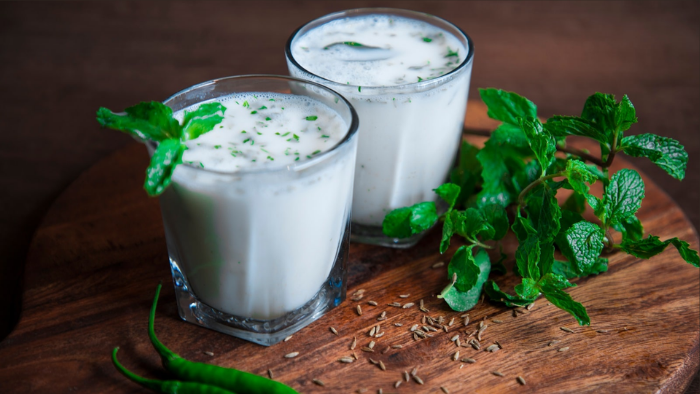Elli Metchnikoff is given the credit of introducing the term probiotic a century ago. 5000 years ago, Acharya Charaka in his treatise Charaka Samhitha, introduced the concept of probiotics in the management of inflammatory bowel diseases.
In Ayurveda, the stomach is the kitchen of the body. The Jatharagni is responsible for good immunity, health and longevity. When this kitchen is down, the body shuts down, and disease sets in. The gut comprises microflora such as bacteria, fungi and other microorganisms, that take part in the digestion process. Depletion of these microflora can lead to alterations in the digestive system and in turn, affects the gut-brain axis. This is a bi-directional communication system between these organisms in the gut and the brain- which controls metabolism, immune function, and other physiological functions in the body.
A very interesting study conducted by Dr Satya Prakash et.al, in McGill University, showed the many benefits of a probiotic with the addition of an Ayurvedic prebiotic, made from Triphala, in Drosophila melanogaster, the common fruit-fly. Drosophila has been used extensively in scientific research because it mimics almost 70% of human biochemical pathways.
The study assessed insulin signalling, fatty-acid metabolism, inflammatory markers and other factors that are significant to health and aging. Oxidative stress that is a major contributor to ageing was reduced, better metabolism of fatty acids and other primary metabolites and reduction in inflammatory markers in the body were some of the observations made in this study.
Probiotics are essential bacteria that are produced in fermented food items such as curd, buttermilk, and pickles. No meal in India is complete without the intake of yoghurt or buttermilk. Packed with good microbes, they are the gut’s best friends. He emphasised the addition of buttermilk in our meals, as it is a great source of probiotics. Good quality yoghurt and buttermilk is host to several types of organisms that help in maintaining a state of homeostasis in the body.
It is said that the normally present bacteria in food, can get destroyed in the acidic environment of the gut. However, bacteria present in yoghurt and buttermilk remain unaffected and reach the colon where they interact with the prebiotics, forming short-chain fatty acids. This leads to the formation of an acidic environment that imparts strength to the immune system and increases the formation of IgA antibodies.
There are many references in Ayurvedic texts that impart the importance of buttermilk.
“He who uses Takra (buttermilk) daily does not suffer from diseases, and diseases cured by Takra do not recur.”
“Just as Amrita is for the Gods, Takra is to humans”
Acharya Charaka also stated that if there are any blockages in microchannels, takra can remove such blockages and purify the channels, which are known as Srotas.
Another interesting study identified and characterised probiotic bacteria in three South Indian fermented foods- Kallappam, Koozh and Mor Kuzhambu. They were able to isolate twenty-five strains of lactic acid bacteria (LAB). Of the twenty-five, six strains were selected and their antimicrobial activity was studied. The presence of Lactobacillus plantarum was found to be an effective preservative in cheese, as it inhibited Salmonella typhi (typhoid causing bacteria). These bacteria not only showed excellent antimicrobial properties but also were able to reduce cholesterol present in the growth media.
Another important terminology is prebiotic. This is the non-digestive part of food that goes through the small intestine undigested, and reaches the colon. It undergoes fermentation leading to the increase in good microbes in the intestine. A study observed and profiled human fecal matter for the presence of specific bacterial species. Subjects were given Glycyrrhiza glabra, Ulmus rubra, and Triphala ((Emblica officinalis, Terminalia bellerica, and Terminalia chebula)). These herbal formulations have prebiotic potential and are known to improve colonic epithelium function, reduce inflammation and protect the body from opportunistic infection.
Due to these herbs, there was an increased presence of many bacteria including Bifidobacterium spp., Lactobacillus spp., and Bacteroides spp. It also reduced the relative abundance of many species, including potential pathogens such as Citrobacter freundii and Klebsiella pneumoniae.
These studies show the probiotic and prebiotic potential of Ayurvedic formulations and in Indian food items. The indigenous microbes from traditional fermented food act as natural biological resources for health benefits.




